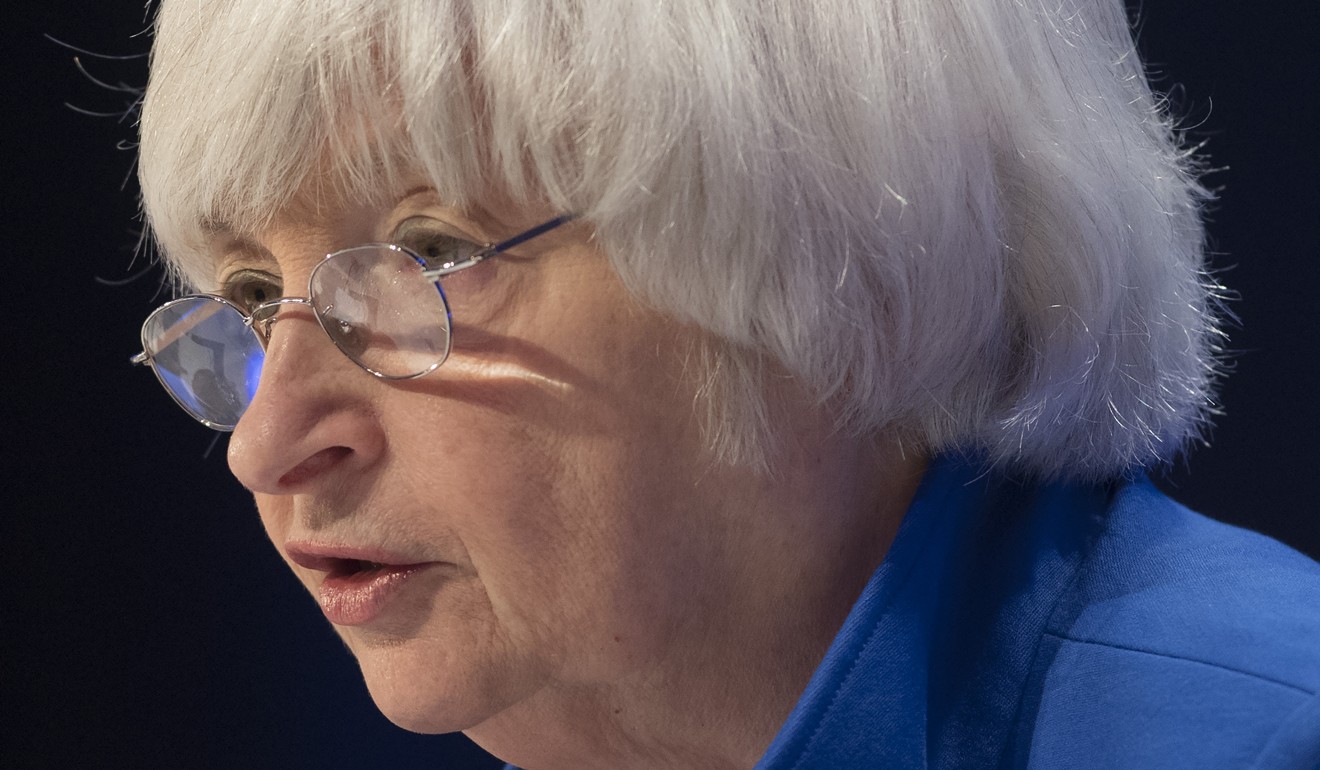
Here’s why Jerome Powell has a daunting task as the new US Federal Reserve chairman
A dovish chairman, presumably like Powell, would be more inclined to keep policy loose to stoke inflation, thereby inflating asset price bubbles.
The appointment of a new chairman of the US Federal Reserve, the world’s most important central bank, is an event one would expect financial markets to be intensely focused on.
Leading central banks, in particular the Fed, have had a profound influence on markets ever since they embarked on large-scale quantitative easing (QE) in the aftermath of the global financial crisis. The Fed’s own balance sheet has swollen to a staggering US$4.5 trillion - nearly one third of the assets held by the world’s largest central banks - since it started purchasing Treasury bonds and mortgage-backed securities at the end of 2008.
It is the Fed, moreover, that is furthest down the road of policy normalisation, having raised interest rates four times since December 2015 and, as of last month, begun the process of paring back its balance sheet. Given the extent to which asset prices have benefited from QE - the benchmark S&P 500 equity index has surged 280 per cent since March 2009 while emerging market funds have enjoyed an additional US$700 billion in net inflows, according to JPMorgan Chase & Co. - the withdrawal of monetary stimulus is bound to prove disruptive at some stage.
A new hawkish Fed chair could prove deeply unsettling for international investors.
Yet as US president Donald Trump prepares to announce his choice for Fed chair on Thursday, markets remain unruffled.

This is partly because investors expect Trump to nominate Fed Governor Jerome Powell, a perceived dove, to succeed Janet Yellen as chair. Powell has supported Yellen in tightening monetary policy in a gradual manner in order to support the recovery, and would therefore represent continuity.
Another reason why there have not been any significant market moves ahead of the appointment is because the decision is being made by Trump who is highly unpredictable and whose behaviour since taking office has been erratic and impulsive. There is not much point in investors trying to second-guess Trump’s decisions on monetary policy, a subject he is almost certain not to have immersed himself in.
More importantly, even if Trump were to nominate John Taylor, the most hawkish of the three candidates reportedly being considered for Fed chair (the other contender is Yellen herself), it is unlikely that the pace of interest rate hikes would quicken significantly.
The Fed has been withdrawing stimulus for some time now. Not only does it plan to hike rates four more times by the end of next year - markets are currently assigning a 98 per cent probability to a rate hike next month and expects two more increases in 2018 - it is tightening policy amid worryingly subdued inflation. Even a Taylor-led Fed would find it difficult to tilt monetary policy in a more hawkish direction when the Fed’s 2 per cent inflation target is still out of reach.
The nomination of a new Fed chair is also occurring at a time when the US central bank’s European and Japanese counterparts are still carrying out large-scale purchases of bonds, providing ample liquidity to the global economy and helping anchor yields on longer-dated Treasuries at low levels. Global financial conditions remain exceptionally loose, contributing to historically low levels of volatility.
Yet it is precisely these easy financial conditions which pose the biggest challenge for the next Fed chair.
A dovish chairman, presumably like Powell, would be more inclined to keep policy loose in the hope of stoking inflation, thereby inflating asset price bubbles. A more hawkish chair, on the other hand, like Taylor, would be more willing to address the financial stability risks stemming from years of ultra-loose policy.
If inflation continues to remain low - and there is a significant risk that it will given the Fed’s own admission that structural factors, such as technology, are restraining consumer prices despite a strong pickup in growth – the Fed will come under more pressure to tackle financial excesses in markets, as the Bank for International Settlements has been pointing out for some time.
Who Trump nominates for Fed chair is far less important than whether the new board of governors of the US central bank - there are four other vacancies, including the vice-chair, for Trump to fill - is able to get the balance between hitting the Fed’s inflation target and maintaining financial stability right at a time when asset prices have risen to dangerously high levels.
With Trump rejoicing over the fresh record highs in equity markets and strongly in favour of low interest rates, US monetary policy is about to enter an even more challenging phase.
Nicholas Spiro is a partner at Lauressa Advisory

